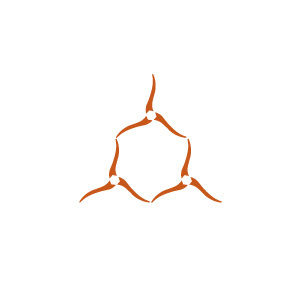Infographic for the Goa Circular Economy Strategy Workshops
I am proud to have been part of the team that was involved in the creation of India’s first state circular economy strategy, supported by the EU as part of the EU-India Resource Efficiency initiative, and drafted by TERI in April 2019.
On February 24th 2020 the strategy was released by the Chief Minister of Goa. An encouraging moment, Goa being the first of the three states (Telangana, Orissa are the other states) chosen to pilot circularity.
*
The infographic on the left was created when we understood that there was a need for one, both for ourselves and as a conversation starter for the stakeholder’s that spoke to the concepts behind moving to a ‘circular economy.’ Having arrived at this visual understanding of the concepts, we focused on three key sectors: Tourism and Construction Industries, Waste management and Marine Litter. Two day-long stakeholder workshops were then designed using the Art of Hosting and Harvesting practices to make visible, the barriers and opportunities for greater circulation of resources.
The information in the mind maps that you see across sectors (also featured on the left), came from collecting the date from the curated conversations to see emerging patterns within and across sectors.
Read the complete Stakeholder Consultation Report and the complete Strategy for Fostering Resource Efficiency and Circular Economy in Goa here.
The last image in this series is version II of the infographic. Created a year later to reflect the insight and experience of the stakeholders from the experience.
*
An aspect of working on this project that I value more than the recognition it has received and the potential that it has, is our opportunity to have been able to practice the Art of Hosting and Harvesting.
The four-fold practice is at the core of the Art of Hosting and Harvesting way of being in the world, where the invitation continuously is, to host ourselves first, then each other and from that place of being present with ourselves to craft a powerful question and encourage contributions from the community. Simply put, they are practices which invite presence with Self, each other and the wider community to help us begin deeply listen to one another. Practices that enable ways of seeing and of being with ourselves and each other and consequently the world by fostering connection.



















